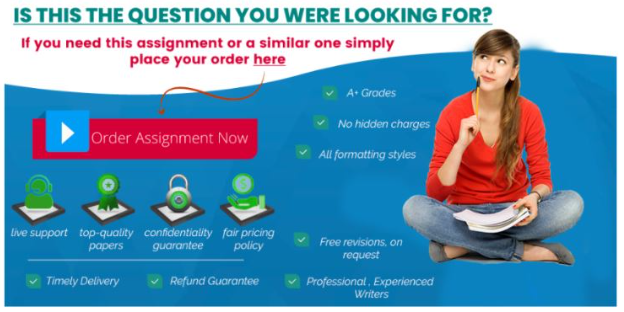WhatsApp Us: at +1 (601) 456-5517
Reach us at: nursinghomeworkservices@gmail.com
Brain Communication Made Simple
Overview
There’s an old saying that the best way to learn is to teach someone else. For this assignment, you are asked to develop a teaching aid that helps explain how messages are transmitted in the brain to a 10-year-old child. The objective of this assignment is to help you understand the basic actions of the brain by explaining it to the hypothetical 10-year-old child (feel free to test out your fine work on a child you know).
Check tips on how to do your Psychology Assignments.
Instructions
If you haven’t already done so, select one brain structure from the list below to focus on in your teaching aid:
• Broca’s area.
• Wernicke’s area.
• Thalamus.
• Hypothalamus.
• Pons.
• Reticular formation.
• Cerebellum.
Combine text and visual images to explain to a 10-year-old child the way the brain communicates. You can use either MS Word or MS PowerPoint. Be sure to cite your sources (including any visual that you don’t create).
Brain Communication Made Simple
WebAR: Teach a Child – Neuron Communications:Refer back to the augmented reality experience using the QR code provided. This will give you a 3D view of how neurons communicate with each other.
The final product should answer the following questions:
- Explain how neurons communicate. How do neurons work? How do they talk to each other? What happens to leftover transmitters?
- Consider including the following:
- Resting potential, graded potential, action potential.
- Neurotransmission release.
- Excitatory postsynaptic potential or inhibitory neuron potential.
- Explain the functions of the area of the brain you chose from the list above.
- Consider including the following:
Helpful tip: Start by reviewing the textbook and creating bullet points for each step. Then reword your bullet points in different ways until you find one that is clear, simple, and easy to understand. You might consider using metaphors if it helps. Lastly, create or find visuals that will help make the explanation easier to understand.
Brain Communication Made Simple
Additional Requirements
- Written communication: Written communication is in professional style with correct grammar, usage, and mechanics.
- Resources:Use a minimum of one scholarly source.
- APA formatting: References and citations are formatted according to APA style and formatting.
- Refer to Academic Writer for guidance in using proper APA style. See the Evidence and APA section of the Writing Center for instructions on accessing and using Academic Writer.
- Length:1–4 pages or slides
- Font and font size: No smaller than a 10-point font.
Competencies Measured
By successfully completing this assignment, you will demonstrate your proficiency in the following course competencies and rubric criteria:
Check tips on how to do your Psychology Assignments.
Brain Communication Made Simple
Competency 1: Relate the actions of the mind and body to psychological and physical health.
- Explain how neurons communicate.
- Explain the functions of a region of the brain.
Competency 5: Write for purpose in a well-organized text, incorporating appropriate evidence and tone in grammatically sound sentences.
- Incorporate visuals that support the overall message.
- Use APA style formatting for citations and reference list with only minor errors.
- Address assignment purpose in a well-organized text, incorporating appropriate evidence and tone in grammatically sound sentences that a 10-year-old could understand.

